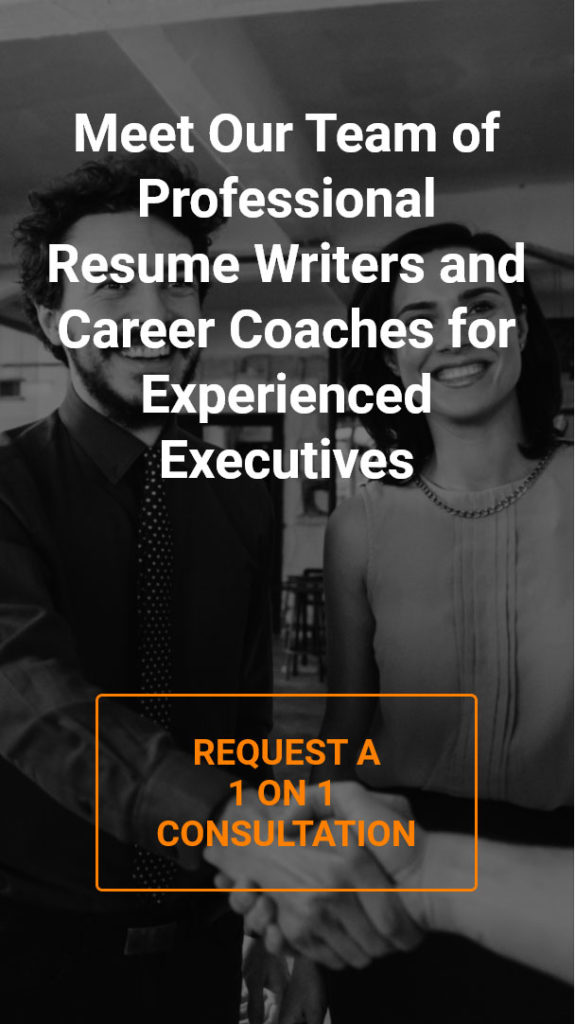Are you struggling with how to deal with a career gap on your executive resume? While it is daunting to think about, you aren’t alone. Nearly 70% of job seekers have a gap in their employment. A career gap doesn’t have to be a deterrent in your job search. The key is finding the right way to manage the employment gap on your resume. Each person’s history is different, so what works for you may not work for another. Below, we’ve outlined effective strategies for addressing or closing a career gap on your resume.
Use Only Years on the Resume
One of the most effective strategies is to list only the years of employment on the resume, not the months. Many career gaps are only a few months long, so by only listing years, those gaps are eliminated during the resume review.
Leverage Your Cover Letter
49% of hiring managers claim a cover letter can make the difference in whether or not they call a candidate for a job. So, if you have an employment gap on your resume, you need a strong cover letter to explain it. Not only can you highlight your strengths and abilities, but you can succinctly clarify the gap so hiring managers aren’t wondering what was going on during that time.
A Hot Tip from Monica Vida, a Client Success Manager at Executive Resume Writers:
Cover letters are good tools to explain lengthy career gaps, especially if the career break revolves around a life choice, such as caring for an ill family member. When you effectively explain the situation in a targeted cover letter, the gap doesn’t need to be addressed in the resume.
Fill Large Gaps with Education or Other Personal Development
Gaps are unavoidable sometimes, and that’s okay. If you spent any time during the gap in employment working on professional development, taking courses, or completing certifications, you can easily fill the space with this information. It will show hiring managers that, while you may not have been active in the workforce, you were still focused on improving your skills and strengthening your knowledge for your return.
Don’t Include All Work History
A resume best practice dictates that job candidates should only highlight the past 10 to 15 years of work experience. This is a resume-writing standard for most industries. This timeframe includes your most recent, relevant work experience sought by hiring managers.
You may also be able to eliminate smaller roles that will cause questions from hiring managers and recruiters. For example, if you started a job during the career gap and then realized within a month or two that it was not the right fit, it’s not necessary to include this information. This type of situation will likely raise a red flag, and it is best to eliminate it from the document.
Utilize LinkedIn
Hiring managers and recruiters see LinkedIn as a vital tool in sourcing qualified candidates. When dealing with a career gap on LinkedIn, you can easily update your About section to briefly address the gap. Rather than focusing on the gap, it’s important to emphasize your strengths, abilities, and industry expertise.
Tips to Bridge the Talent Gap:
The most important thing to remember when job searching is that you need to bridge the talent gap. The company is looking for someone to solve a problem. It’s up to you to show them you are that person. The following tips are essential to remember when job searching after a career gap.
Remember It’s Not About You
When dealing with a career gap, some candidates can get caught up in focusing solely on that. Career gaps can be challenging, but remember that your job search isn’t just about you. The company is the most important player in this situation, and it’s critical to showcase the strengths, transferable skills, and abilities you have to meet the needs of the job role you are applying for.
How Can You Solve the Employer’s Challenges?
Employers are searching for a new hire for a reason. They have a challenge or a problem to face, so how can you help them? When crafting your resume and other career documents, you need to weave a strong narrative that shows the reader you can solve those challenges. A solid, detailed set of career documents makes all the difference when job searching and navigating a professional experience gap.
Showcase Deep Industry Knowledge
The short story is that companies need knowledgeable team members. This is especially true for the executive team. By focusing on your industry expertise throughout the resume, you highlight how you can support the organization and drive growth.
Engage Your Recruiter
Share your story with your recruiter. From a recruiter’s perspective, all candidates have a unique situation. It’s the recruiter’s job to plead your case and assist in optimizing the presentation of your experience and abilities that make you the right fit for the job.
Life happens, and so do career gaps. With a strong resume, most companies will overlook the gaps for candidates with proven expertise, many achievements, and the attributes needed to thrive in the role.
Get Professional Assistance with Showcasing Your Career Gap
Dealing with a gap in your career history doesn’t have to be a stressful endeavor. The job search can be overwhelming for the most experienced and successful executives. Seeking the advice of a professional, executive-level resume writing service can alleviate the stress and provide answers to your concerns.
At ERW, we are career advancement professionals. We employ a team of qualified individuals ranging from our knowledgeable account executives to our compassionate client success managers and compelling writers. Our team has the knowledge and expertise needed to strategically showcase a career gap without raising any red flags. Contact us today to get started and allow us to transform your resume for your executive job search.
Curious about other best practices we utilize at ERW? Check out our executive resume guide filled with tips regarding formatting, content, and structure.


